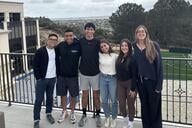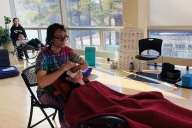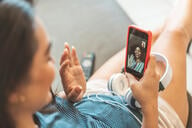You have /5 articles left.
Sign up for a free account or log in.
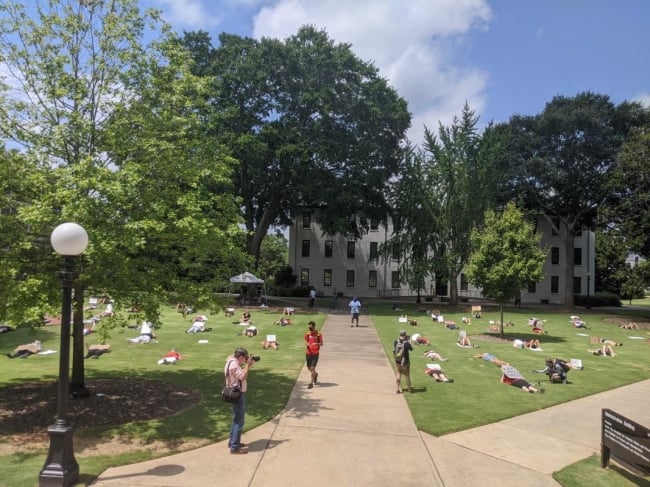
Opponents of the University of Georgia's reopening plans staged a socially distant "die-in" on campus last week to dramatize the risks of reopening.
Courtesy of United Campus Workers of Georgia
As fall fast approaches, a steady stream of colleges have backed away from plans for an in-person semester in favor of a largely virtual one, citing the worsening course of the coronavirus pandemic. But many other colleges are pushing ahead with plans for in-person classes, and students have already started moving in at some colleges that have implemented mask mandates, installed Plexiglas barriers in communal bathrooms and classrooms, and placed hand-sanitizing stations throughout their campuses.
Observers are questioning how college leaders are balancing the health and safety of faculty, staff, students and members of surrounding communities with the financial and political pressures driving the push to reopen campuses. Are they striking the right balance?
Some don't think so.
“It’s a shitshow in the making,” said A. David Paltiel, a professor of public health at Yale University. He recently co-wrote a study that found that colleges could safely bring students back to campus -- if they test every student every two days (a testing regime far more intensive than what many colleges are planning and what the Centers for Disease Control and Prevention's guidelines for colleges call for) and if they couple that testing with strict behavioral standards to keep the virus’s rate of transmission low. Such a strategy, Paltiel and his co-authors concluded, would “yield a modest number of containable infections” but “sets a very high bar -- logistically, financially, and behaviorally -- that may be beyond the reach of many university administrators and the students in their care.”
“We’re not going to be able to prevent all the infections, but we’re going to see some outbreaks,” Paltiel said. “And when we do, the adverse consequences are not going to be borne by students. They’re going to be borne by other much more vulnerable members of the community -- the custodians and the staff and the people who work at the Starbucks just down the road from campus.”
‘The Old College Try’
Throughout the summer, faculty members and students have raised concerns about various aspects of colleges' reopening plans, with many of the concerns centered on the safety of returning to campus and about the adequacy of testing -- strategies among colleges vary widely in this area -- and occupancy levels of residence halls. Although many colleges have reduced occupancy levels in student housing units, others are planning for normal or near-normal occupancy levels, against recommendations of health experts.
Tense debates over the conditions for reopening are happening at campuses across the country even as students have started to move in and the first reports of infections -- a sorority house quarantined at Oklahoma State University after 23 members test positive; 50 positive cases at Bethel College, in Kansas; four separate clusters of cases in the first week of classes at the University of North Carolina at Chapel Hill -- have come to light.
UNC Chapel Hill announced on Monday that it would move to remote instruction for undergraduates as of Wednesday after it reported 135 new COVID-19 cases -- 130 students and five employees -- in its first week of classes. The university had opened for in-person classes against the advice of the local county public health director, and despite vocal opposition from some faculty.
Some faculty, staff and graduate students at University of Georgia campuses are also unhappy with administrators' actions -- and inaction. They say the 26-institution public university system is not doing enough to protect people as the campuses reopen in a state that has one of the highest per-capita rates of COVID-19 cases in the country.
System administrators initially resisted faculty and student demands that masks be mandated on campuses before reversing course in July and announcing that face coverings would be required in most indoor spaces on University System of Georgia campuses where social distancing is impossible.
Various Georgia faculty, staff and student groups have also called, without success, for all faculty, staff and students to have the choice to work or learn remotely without penalty. Only faculty and staff age 65 or over or those with underlying medical conditions that put them at higher risk of serious complications from COVID were eligible to request remote work through an established Americans With Disabilities Act accommodations process. Leaders of the United Campus Workers of Georgia point out that the accommodation left out employees who live with a high-risk individual or have childcare needs due to school or day-care closures.
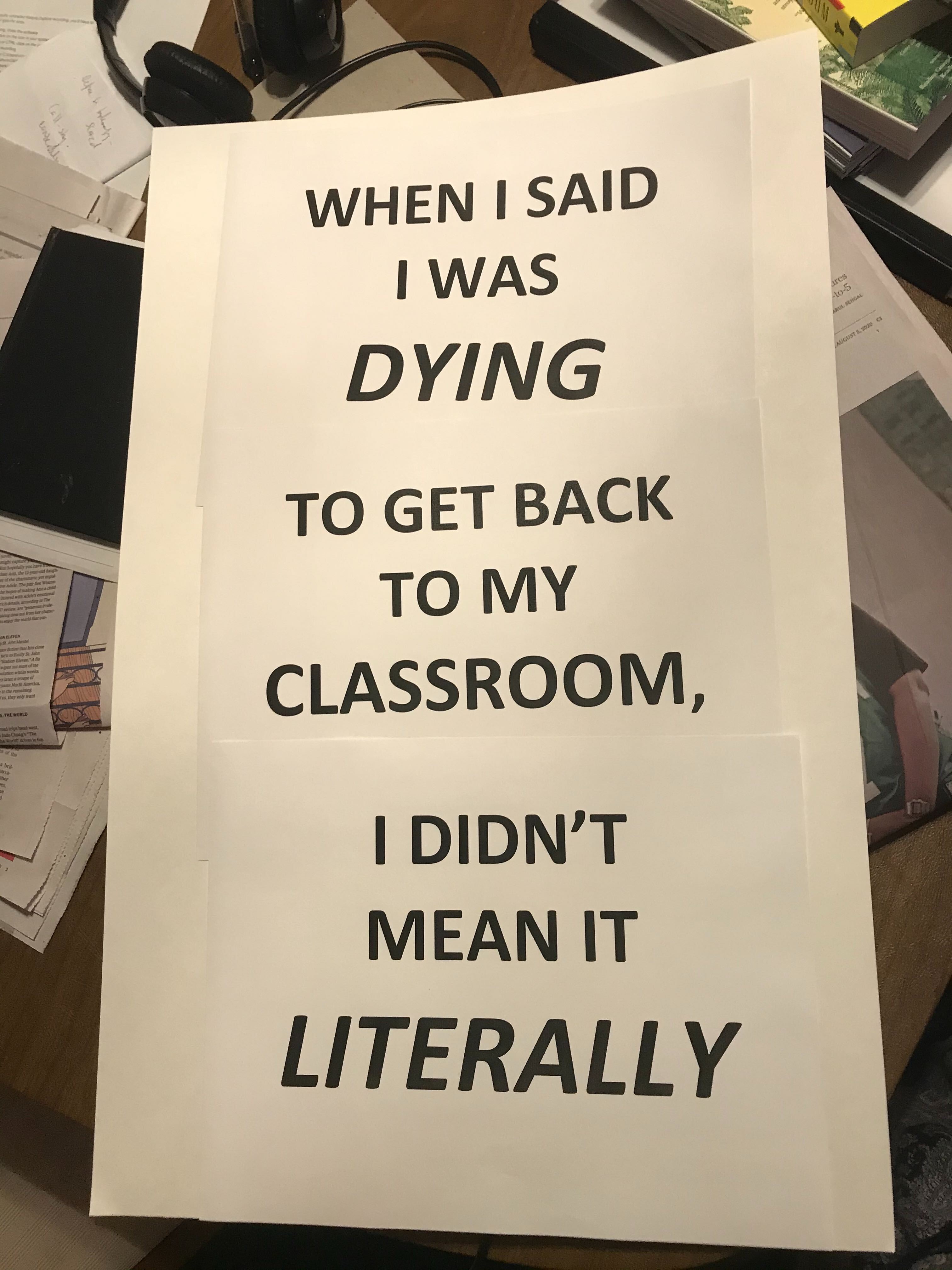 Alexandra Edwards, a postdoctoral fellow in English at the Georgia Institute of Technology, is among those who have called for a choice about whether to come to campus.
Alexandra Edwards, a postdoctoral fellow in English at the Georgia Institute of Technology, is among those who have called for a choice about whether to come to campus.
"I acknowledge that there are students who need to be in person on campus either for labs that they’re going to do or clinicals that they’re going to do or even just because they have family or housing situations where living on campus is going to be the safest bet for them," Edwards said. "But I would like those to be incredibly rare exceptions to the rule, so the density on campus is dramatically reduced, so we can keep those students safe as well as our staff and our faculty."
Lance Wallace, a system spokesman, said campuses began working on their reopening plans in April.
“I think there's a recognition that we have to limit the risk, but there’s not a way to eliminate risk, and we are committed to the health and safety of the students, faculty and the staff, but we also believe in the value and importance to the students of the on-campus experience," Wallace said.
"Frankly, as a state entity we have a mission and that’s to educate Georgians, and we feel that is best accomplished by carrying that out in a face-to-face manner," he said.
Perhaps the most prominent national voice leading the charge to reopen campuses this fall has been Mitch Daniels, president of Purdue University in Indiana, who has argued that not reopening would be "an unacceptable breach of duty" and asserted that the virus “poses a near-zero risk to young people.”
But critics of Daniels note that students interact with faculty, staff and members of the community who are at higher risk of developing serious complications or even dying. Daniels acknowledged as much in an MSNBC interview earlier this month and described the challenge to the university in terms of protecting the vulnerable.
“We have spent tens of millions of dollars and worked all summer to protect staff and faculty and of course those students who may have a comorbidity,” he said. “We gave every student the option to study off-campus -- that is, online. Eighty-eight percent chose to come to campus, which tells you that they want this experience and believe it’s important to their future. So we’re going to do our very best to make that possible. We will keep safety first -- if it’s not working at some point, then reluctantly we will go back to where we were this spring, but we think it was right to try. We’re going give it what we used to call the old college try.”
Michael Sorrell, president of Paul Quinn College, a small historically Black Christian college in Dallas, has been urging caution in reopening. The college is remaining remote for the fall, having concluded "it is too dangerous at this time to allow on-campus living, instruction and engagement."
"I think that we as institutions owe a greater duty of care to our people, to our staff, to our students, to the constituents that we purport to love," Sorrell said. "Maybe it seems odd for folks to use terminology such as, 'I love my staff,' or 'I love my students,' but I would submit to you if more people would do that, then perhaps we would have come to the inescapable conclusion earlier.
"There was never anything wrong with taking the fall off from in-person instruction," he said. "We have enough information about what this is and how it spreads. On top of that, I think it’s fascinating people acted as if they didn’t know their own student populations. How does anyone purport to police the social engagements of 18- to 25-year-olds?"
Great Expectations
One feature of campus reopening plans is the behavioral expectations for students -- that they consistently wear masks, practice excellent hand hygiene and observe social distancing protocols and limits on group gatherings (read: no parties).
While some colleges have made violations of these protocols punishable by suspension or expulsion, student affairs professionals and other college leaders have expressed concerns about enforcement, particularly in off-campus housing settings.
There have already been reports of parties and large social gatherings near campuses where students have returned.
The Raleigh, N.C.-based News & Observer reported last week that police shut down at least 20 parties for violating social distancing rules during students' first weekend back at East Carolina University -- including one party involving 400 people.
Ryan Novozinsky, the editor in chief of O'Colly, an independent student publication covering Oklahoma State University, posted a video on Twitter of students partying off-campus in Stillwater.
The Washington Post reported Monday that "local officials from Georgia to Alabama to Oklahoma reacted with horror and anger" to reports of students packing bars and partying, "warning that unless students take social distancing and mask rules seriously, the fall semester could come to a swift end."
"The biggest challenge around opening is how to manage student behavior in areas that the institution has less control over," said Kevin Kruger, president of NASPA: Student Affairs Administrators in Higher Education. "The institution has a high level of control over the classroom, it might even have a high level of control over the student union, but what takes place in the residence hall and perhaps even more importantly in the community surrounding the campus is the part of this equation that we’re most challenged by."
"We can never control all behavior -- this is why contact tracing and testing is going to be important -- but I think that there’s a high level of awareness by students around what the dangers are, what the risks are, and while adolescents physiologically are wired to take more risks, this is a slightly different situation," Kruger said. “I think we’re going to see a surprisingly high number of students who are willing to comply around community standards around this than we would around other issues like underage drinking."
“Having said that, look, there are going to be parties,” Kruger continued. “There will definitely be campuses that went in person and either have to retract to hybrid or entirely online because of an outbreak that occurred, and that outbreak could very well be traced back to a large group gathering that students attended.”
Sherry Pagoto, a clinical psychologist and professor at the University of Connecticut who has conducted focus groups with students about their thoughts on quarantining, contact tracing, symptom tracking and mask wearing on campuses, said the conversation about responsibility needs to be expanded beyond students. She noted the mixed messages sent to students by telling them not to party while cities and towns allow bars to stay open.
"The conversation when we talk about responsibility should not be entirely focused on students," Pagoto said. "It should be focused on decision makers who are creating these rules, and most of that comes from the cities and the states. Those legislators have the power to undermine or bolster whatever’s going on in the university campus by the policies that they make around this. It could make or break it."
'One Shot'
Many colleges say student demand is driving the push to reopen.
Money is undoubtedly a factor as well, especially for small private colleges dependent on tuition, room and board, and other fee revenue. The financial stakes of not opening are potentially existential for some colleges, many of which have already laid off employees, including in some cases tenured faculty.
Political pressures are a factor, too. Paltiel, the Yale public health expert whose research points to the need for intensive testing, said he had been contacted by officials from about 25 universities. He said some administrators at public universities feel pressured by state officials to reopen and don't believe they're getting the resources they need to do so safely.
"Maybe the ones who are reaching out to me are the ones who really care, but all I can tell you is the ones I’m speaking to have the student safety first and foremost in their minds, and many of them feel completely backed up against the wall," Paltiel said.
Despite their common concerns, colleges have taken sharply divergent paths for fall. The College Crisis Initiative at Davidson College, in North Carolina, has tracked colleges' operational plans this fall. Its latest data, current as of Aug. 7, show 729 colleges primarily online, 614 primarily in person and 433 hybrid. Less common are those institutions that are fully online (151) or fully in person (75).
Robert Kelchen, an associate professor of higher education at Seton Hall University, in New Jersey, who has been tracking colleges' reopening plans, said, "The institutions that are still staying the course are mainly public universities in conservative states and private nonprofit colleges that are worried about their financial situation."
"And then there’s some other colleges that have just made such large investments in being in-person that they don’t want to turn back," he added.
Kelchen said colleges have given ethical considerations weight in their planning. "They've been given at least some weight, and there is an ethical case to bring especially the most vulnerable students back to campus," he said. "But ethics can only get you so far when you have such strong external pressures."
Considerations about international students have also been in the mix. In July, U.S. Immigration and Customs Enforcement shocked colleges by informing them that continuing international students would have to take at least some in-person course work in order to legally remain in the U.S.
ICE dropped the policy in response to legal challenges, but it has maintained that new international students cannot come to the U.S. if they plan to take courses entirely online. Marymount University, located in a Virginia suburb of Washington, D.C., responded by issuing a press release announcing it was prepared to welcome new international students, particularly those in the greater D.C. area, whose institutions go online.
A number of universities in the D.C. area -- including American, Georgetown and George Washington Universities, and Johns Hopkins University, in Baltimore -- have moved to primarily online falls. By contrast, Marymount said in its press release that it was preparing "for a complete re-entry of students, faculty and staff, and a return to on-site learning and living with new protocols that safeguard the health and safety of its campus community."
Marymount's president, Irma Becerra, said the college's administrators did not consider going online. She pointed to plans for rapid testing, apps for symptom monitoring and contact tracing, and a strict face-mask requirement as some of the strategies the college will use to limit infection and contain outbreaks. The college's reopening plan was approved by Virginia's State Council of Higher Education, which found it to be compliant with guidance from the state's public health department.
"It would have been so much easier to say, 'Oh no, we're just going to continue remotely,' but we listen to our students," she said. "Some of them told us that they didn't feel they did as well [online], that their performance was not as good, that there were a lot of distractions at home, that they missed being here -- the engagement with faculty, the engagement with other students. We heard them over and over. That’s why we said early on, whatever we have to do, we have to figure out how to bring our students back."
Becerra said students are excited about having a campus experience after missing out on many milestones of their senior year in high school.
"They’re so excited and their parents are so excited and we’re so excited. It's contagious in a positive way," she said.
As the fall semester gets underway, no one -- not even those who have been most vocal in advocating for the importance of opening campuses -- knows quite what to expect.
"No one can know whether all our efforts and precautions will suffice. All we know is that it is the right thing to try, to do all we can to keep Purdue open and our students on path to their degrees and successful lives beyond," Daniels, Purdue's president, wrote in a welcome-back message to students.
Kelchen, the associate professor of higher education at Seton Hall, thinks Purdue is more likely than most colleges to make it through the fall semester. "Mitch Daniels is willing to spend a lot of money to be in person, and that’s what it takes to have a chance, even," he said. "I think there will be a few colleges that are able to make it through, but it’ll be hard for most colleges to stay in person.
"I don’t think colleges are going to be able to bring students back in person if they send them home," he added. "I think they have one shot to get the semester right."


